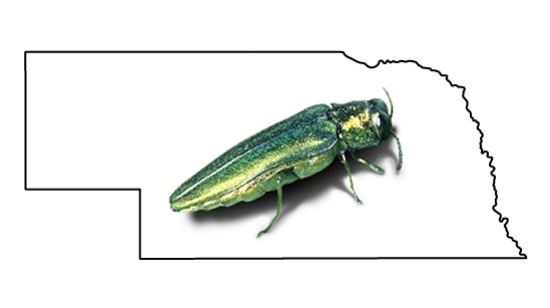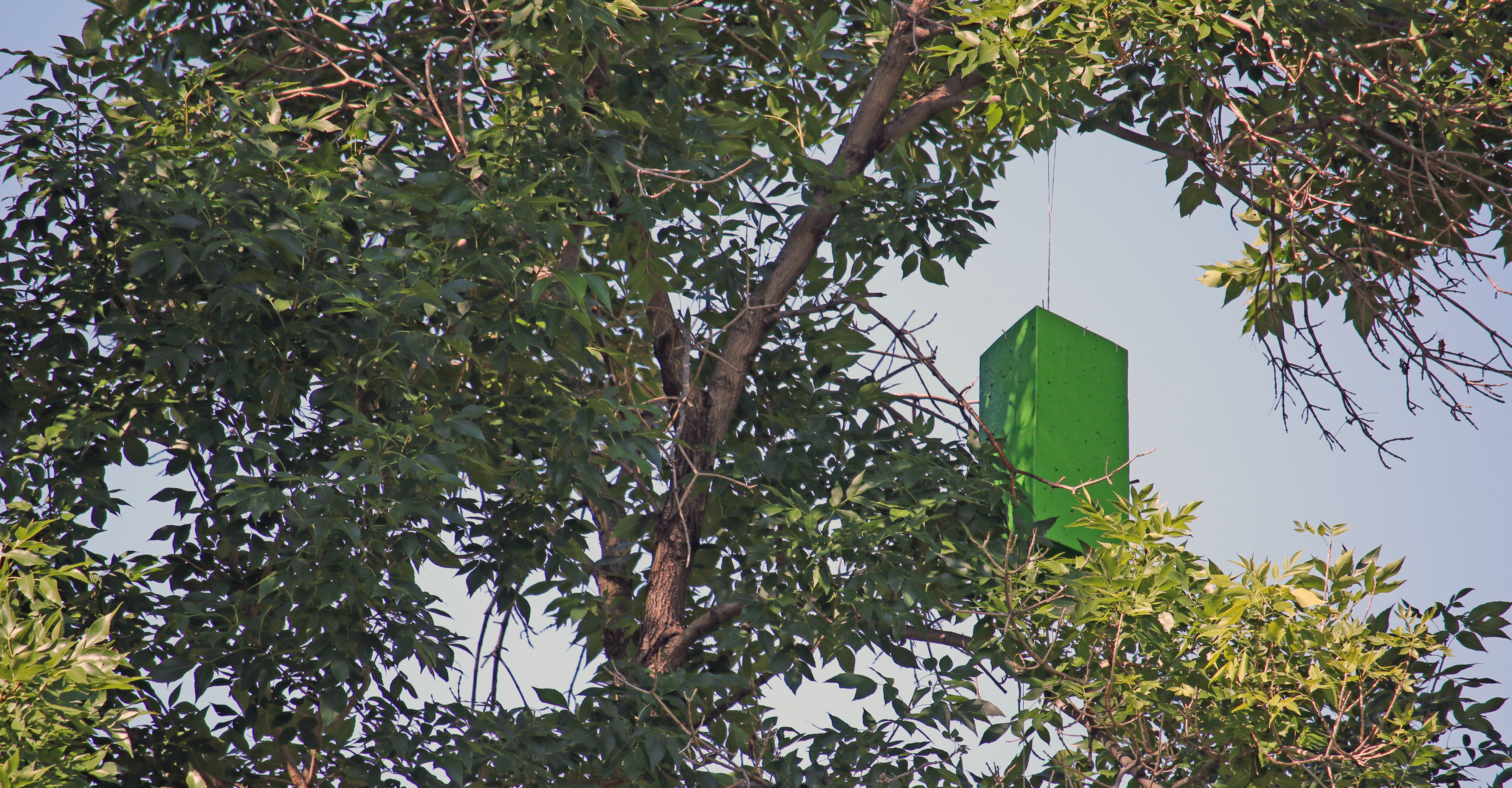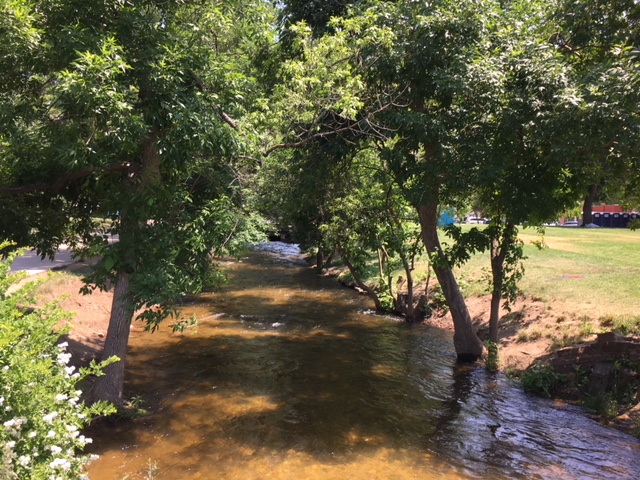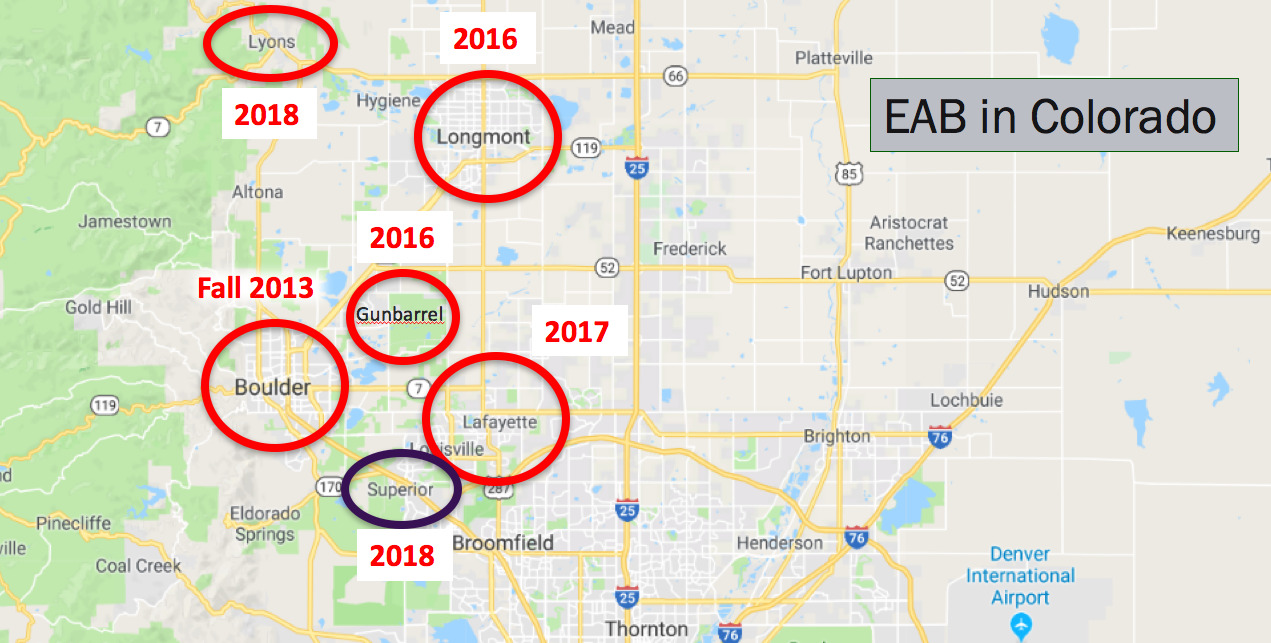Sustainable Urbanism and Tree Care

Austin Troy is Professor and Chair of the Department of Planning and Design at the University of Colorado Denver. As part of the Master of Urban and Regional Planning (MURP) faculty, Troy is one of the most respected researchers in the planning field. The Smart Ash team recently caught up with him to discuss sustainable urbanism and tree and lawn care during the hot summer months.
Question: How would you explain sustainable urbanism and regional sustainability to the average Denverite?
Answer: Urban sustainability is a field of study that examines the interaction of social and environmental systems in cities. I mainly work with green infrastructure – including mapping the location of trees and vegetation, prioritizing where they should be planted, and characterizing their many benefits to the city. As for regional sustainability, I like to point to the Green Building ordinance as an example. City voters passed this initiative in 2017 and it’s the most aggressive greening ordinance in the country right now.
Question: What’s your opinion of Denver’s current tree canopy?
Answer: It’s very impressive and vast when you consider how much the city has grown in the past century. Much of the current canopy can be attributed to decisions that were made 70 to 100 years ago by Mayor Speer and other Denver leaders.
Question: For homeowners, the million-dollar question is (water time slots and allocations notwithstanding) how much should you water your lawn? How do trees affect water needs?
Answer: Nobody quite understands this and the short answer is that it’s complicated. Tree shade is really important to overall irrigation demands. My team is in a partnership with Denver Water and when we look at their data we see that people who have mature tree canopy over grass can theoretically use less water in many cases than those with only grass. Broadly speaking, shade can offset your water costs. This may be because lawns without tree shade can get desiccated in the direct sun and homeowners try to compensate by overwatering. That said, we also think older trees are tapping into some of Denver’s older clay pipes for water. It’s a leaky infrastructure. Also, as people water their lawns, much of that water goes back into groundwater where more mature trees with deeper roots can reach it. There are a lot of factors to consider.
Question: What type of treatment or care should a healthy tree receive in the summer months?
Answer: It’s always wise to lean on an experienced arborist for this guidance. It depends on the species but most need to be pruned. Younger and smaller trees often require more water.
Question: What is your team currently working on?
Answer: We’re heavily researching the benefits and the costs of trees and vegetation in Denver. We’re interested in a wide suite of things, ranging from heat mitigation to storm-water mitigation to rainfall interception to socioeconomic factors like crime and property values. The goal is to provide the tools to help ensure that the benefits of trees are fairly and equitably distributed throughout Denver.
Question: What are you up to in your own yard?
Answer: I recently hired a landscape architect to help me bring my vision to life. Up until now I had just been maintaining my yard and not thinking outside the box. Now I want to introduce more native, low-water plants and interesting landscape features. Hopefully, there will be a lot less space that requires irrigation. I’m excited about it!














